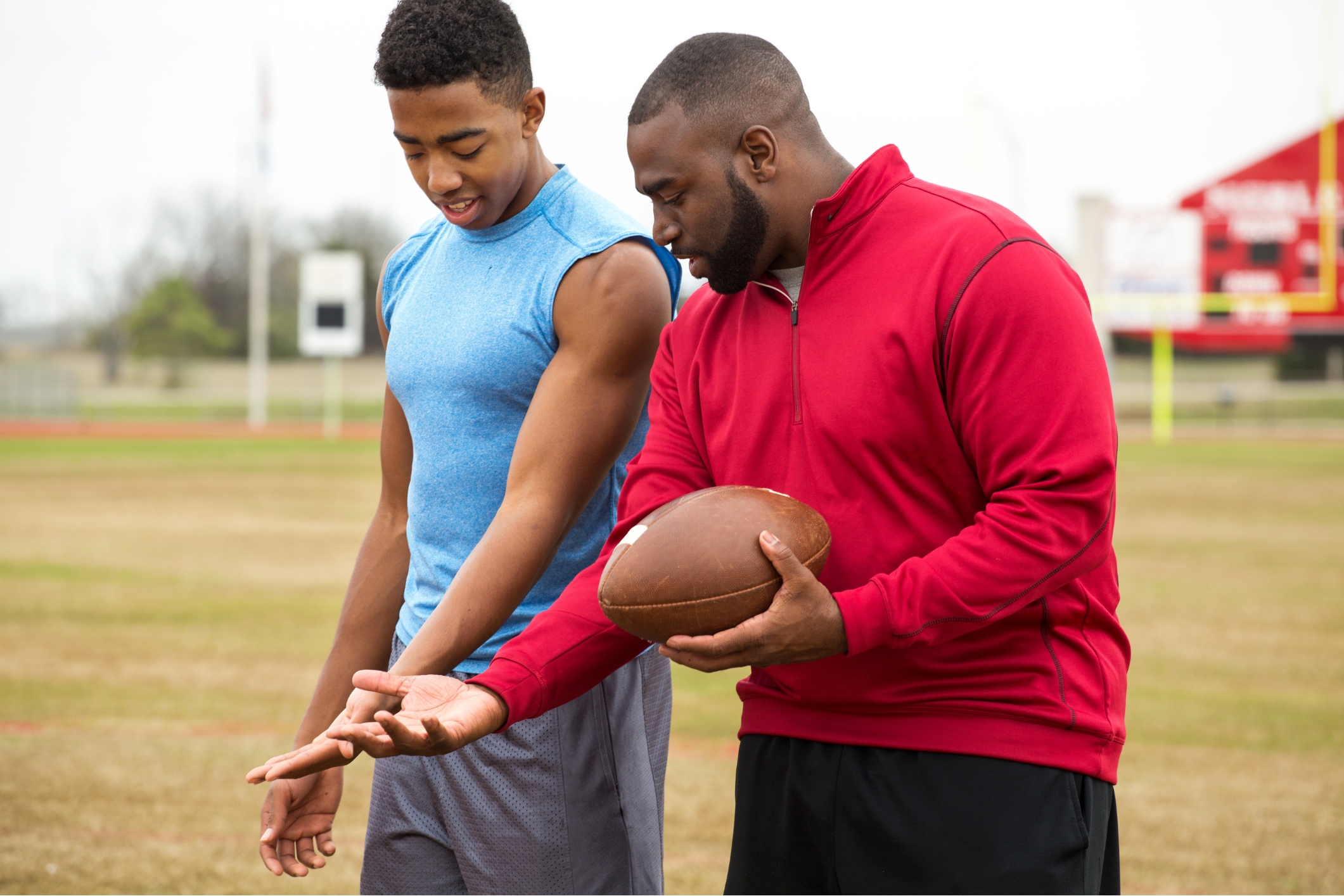
The surprising effects of caffeine on students and teens
I’m one of the odd balls of the world. I don’t drink coffee, soda, or even tea. Essentially, my caffeine consumption hovers at zero grams per day – unless there’s an exceptionally good piece of dark chocolate calling my name. But even a whole bar of dark chocolate doesn’t amount to the same level of caffeine found in a single cup of coffee.
Being a foreigner to the concept of caffeine, I’ve always been fascinated at how prevalent the drug (yes, caffeine is technically a drug) is in our everyday lives. With side effects including nervousness, upset stomach, headaches, difficulty concentrating, and increased blood pressure, I wonder why nearly 75% of teens consume caffeine on a daily basis. Is it because caffeinated drinks taste good, or is it because teens need the extra energy boost?
It’s not a simple answer, that’s for sure. But we’re about to do some hard digging into the subject of caffeine and students. And better yet, you’re about to learn three drug-free alternatives to caffeine that students, or even you, can start using to keep energy levels up.
The evolution of caffeine consumption
Caffeine isn’t a newly found part of the human diet. In fact, it’s been part of our global history for several thousand years. What has changed is the form in which we ingest caffeine. What once began as a natural substance found in coffee beans and tea leaves, caffeine is now extracted as a bitter white powder that’s added to sodas and energy drinks for its pick-me-up qualities.
Sodas and energy drinks aren’t the only places we’re looking for energy, though. Gum, syrup, waffles, jelly beans, and sunflower seeds are all new victims of our national caffeine craze. Companies are ready to give an energy boost to nearly any food or beverage nowadays because we (the consumers) are demanding it.
And we’re not just asking for caffeine… we’re asking for large amounts of it, too. Energy shots and special energy drinks can contain anywhere from 300-500mg of caffeine. That’s the equivalent of 2-3 cups of coffee, all in one fell swoop!
But caffeine amounts don’t mean much unless we know how caffeine affects our bodies and our minds.
Caffeine’s effects on teens
Caffeine affects each person differently. The most common effects include dehydration, upset stomach, and jitteriness, but it takes less caffeine to produce these same uncomfortable effects in teens. It’s also important to note that many caffeinated beverages also include excess sugar which can lead to cavities – and that’s nothing to smile about in middle school.
Plus, caffeine can mess with your sleep schedule and keep you up at night. In fact, in a recent caffeine study, “students who stayed up late drinking caffeinated beverages and studying or using the computer had problems with concentration at school during the day.” Plus, judging by how cranky I get after a bad night’s sleep, I don’t want to be anywhere near a teen who lost sleep because of late-night caffeine consumption.
With all of these possible negative effects of caffeine, it’s a wonder why three out of four children still ingest the drug daily… or, is it?
Why teens choose caffeinated beverages
The American Academy of Pediatrics recommends a 100mg daily caffeine limit for adolescents. That means that a single cup of coffee is double the recommended limit.
How many teens that you know are consuming less than 100mg of caffeine? My answer is: maybe one. With beverage names like “Wired” and bright packaging and catchy commercials, it’s all teens can do to not hop on the caffeinated beverage bandwagon. These drinks are everywhere, and they’re also in our schools. Although work is being done to reduce sodas in high school vending machines, those drinks are still easily accessible, and reasonably priced, for today’s teens.
So, the combination of directly marketing caffeine to teens, plus the “staying power” that caffeine provides teens when their schedules are more hectic than yours and mine combined, gives us a good idea why teens and students flock to caffeine each day. But there are better alternatives to the yo-yo effects of this white, powdery drug.
Alternatives and substitutions
No one’s saying that we need to get rid of every single coffee and energy drink on this planet. But, I’m saying that teens have easy accessibility to more caffeine than doctors’ recommended daily intake. Taking this into consideration, it would be wise for us to find possible alternatives that don’t include withdrawal symptoms and upset stomachs.
These are three alternatives to caffeine that can give a lasting energy boost.
- An ice cold glass of water. I’m not trying to be Dr. Oz here, but water really does help you feel more awake! Often times dehydration can make you tired, which means water will do the exact opposite. Plus, cold water first thing in the morning makes you feel refreshed, like a cool spring.
- B Vitamins. Fatigue, irritability, poor concentration, anxiety and depression are all associated with a Vitamin B deficiency, which you can learn more about from the Mayo Clinic. B Vitamins can be found naturally in certain foods such as fish, eggs, dairy, and fortified non-dairy milks.
- Light exercise, including walking. I know what you’re thinking. “But doesn’t exercise make you more tired?” Exercising is a great way to wake your body up from a slump, which means recess and after-school sports are vital to helping students stay alert.

